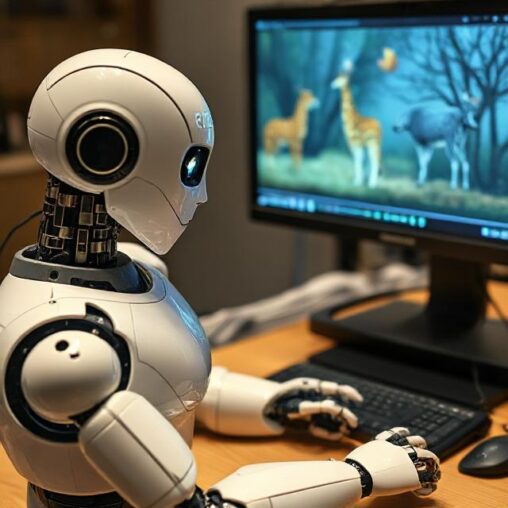What Is Supervised Learning? A Baby-Style Explanation for Beginners in AI 🤖🍎
Supervised learning is one of the most important building blocks of Artificial Intelligence (AI) and Machine Learning (ML). But for someone just starting out, the technical definitions can feel overwhelming.
Let’s break it down in the simplest way possible — using a baby-style example.
Imagine This Scenario…
Think of a parent teaching their baby how to tell the difference between a fruit and not a fruit.
The parent shows the baby an apple and says, “This is a fruit.” Then shows a carrot and says, “This is not a fruit.” Again, the parent shows a banana and says, “This is a fruit,” and then shows a piece of bread, saying, “Not a fruit.”
Over time, the baby starts to recognize a pattern. Fruits are usually round or sweet or colorful. The baby learns from these examples — and starts predicting correctly when shown something new.
This is exactly how Supervised Learning works in AI.
Supervised Learning in AI: The Real Meaning
In AI, we teach computers just like that baby — using examples with the correct answers (called labels).
For example, we might feed a computer thousands of images of foods, where each image is labeled as either “fruit” or “not fruit.” The machine studies these examples and learns patterns like color, shape, or texture.
Later, when we give it a new image it hasn’t seen before, it tries to predict the label — just like the baby guessing whether something is a fruit.
This process of learning from labeled data is called Supervised Learning.
Where Is Supervised Learning Used?
Supervised learning is used in many real-world applications:
- 📧 Email spam detection
- 💳 Credit card fraud detection
- 🩺 Diagnosing diseases from medical images
- 💬 Sentiment analysis (e.g., reading a review and predicting if it’s positive or negative)
Basically, whenever we already have historical data with answers, we can use supervised learning to train AI to predict future outcomes.
Final Thoughts
Supervised learning is like guided teaching — showing the machine both the problem and the correct solution during training. This makes it one of the most popular and powerful types of machine learning.
Now that you’ve got the baby-style example in your mind, you’re already ahead of most beginners!

